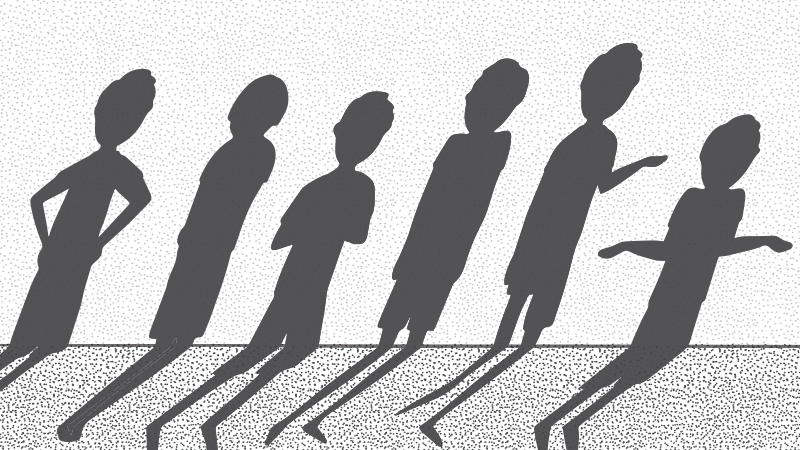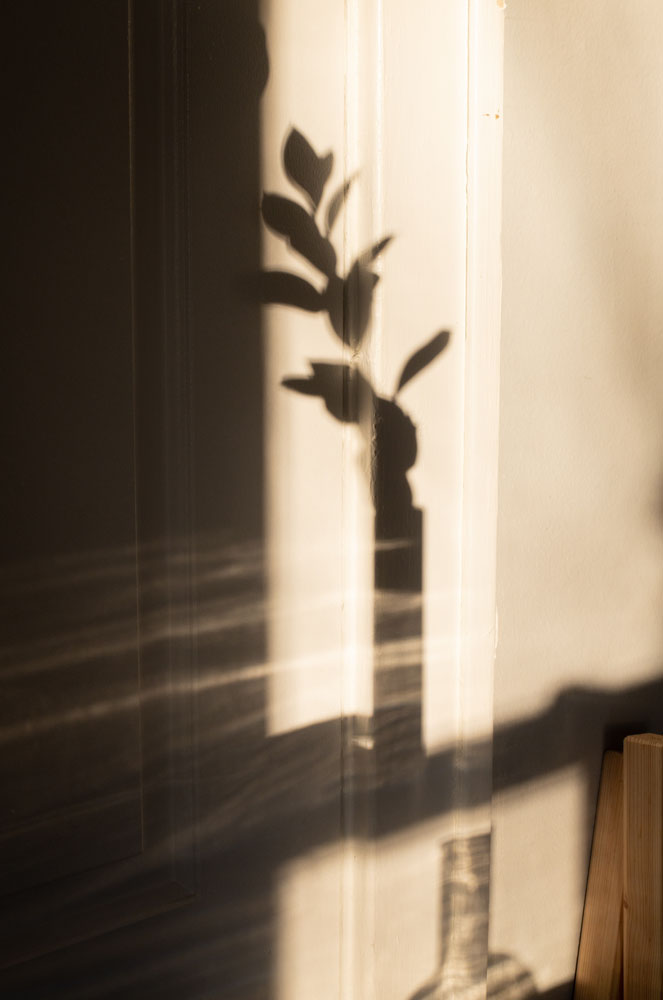Short description of the topic
The activity is focused on the use of photography as a medium for creative expression and a means of encouraging children to become aware of a positive self-image, presenting themselves to others, self-evaluation. By photographing, we put the model (others or ourselves) in a certain relationship with the environment and thus, try to show the state, emotion, and attitude.
Learning outcomes
-
Competencies
- Social-emotional competence: self-confidence
- Linguistic competences: language development
- Digital and media competence: basics use of camera
-
Target group
5 years and up- Individual work
Work in pairs
Small groups
- Individual work
-
Required materials
- Camera
- Printer
- Paper
- lights (flashlights, beamer, etc.)
- crayons

Download
(.pdf 465.82 KB)
Description of the activity (step by step)
Preparation:
Initiate a discussion about shadows. When do they occur? When can we see them and when not? When are they very visible? Can we try to create them? Use a flashlight to demonstrate how shadows occur and how shadows can move. Head out in the sun and observe shadows created by the sun.
Implementation:
Encourage children to use different light sources (sun, flashlight, lamps, etc.) to create shadows with their bodies and body parts and photograph them. Children can work individually, in pairs, or small groups and try out different shots (photograph the whole shadow or only a part of it, e.g. hands or face) to capture their body shadows.
Reflection:
Each child selects a photograph of their body-shadow. Print them out. Children then draw on their shadow to express how they experience themselves (they can draw a face, glasses, hair, different ornaments, etc.). Children present their photos independently and the educator exhibits them in the exhibition space.
Variations and additional ideas
Play a guessing game and let the children guess which shadow belongs to which child.
Photo prints can be cut, laminated, and used as a prop in the shadow theater.
Use different light sources to make shadow puppets.
Create figures out of clay and wire and photograph their shadows.
Make it a group activity: print out a shadow and glue it in the middle of a big paper. Children can continue the picture by drawing on it with pencils or crayons.
Background information and didactical perspective
Photography offers the opportunity for introspection and the possibility to quickly capture the moment. We can express our thoughts, attitudes, and feelings through photography. Children usually express their experience of self and their relationship with the environment through drawings. By offering them a camera, we encourage them to express themselves in a new way; they can gain a new tool for creativity and self-expression.


















